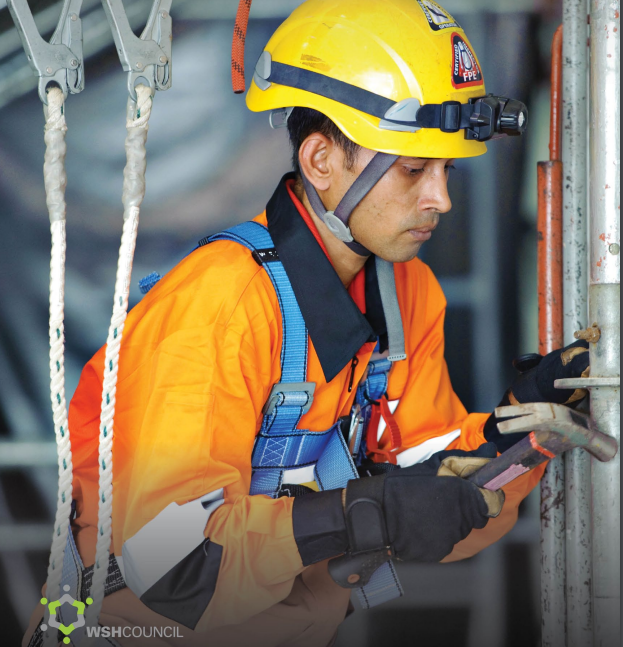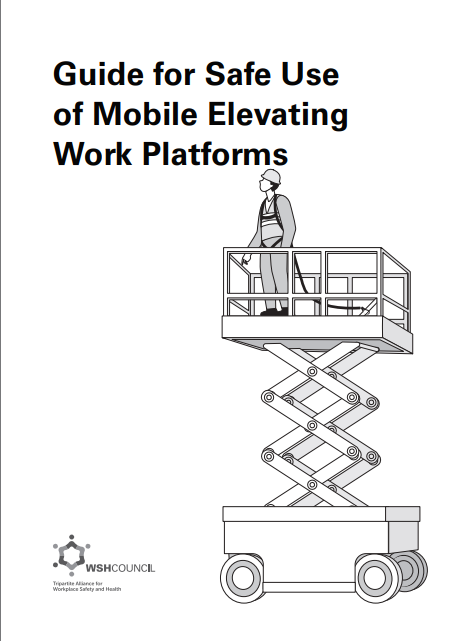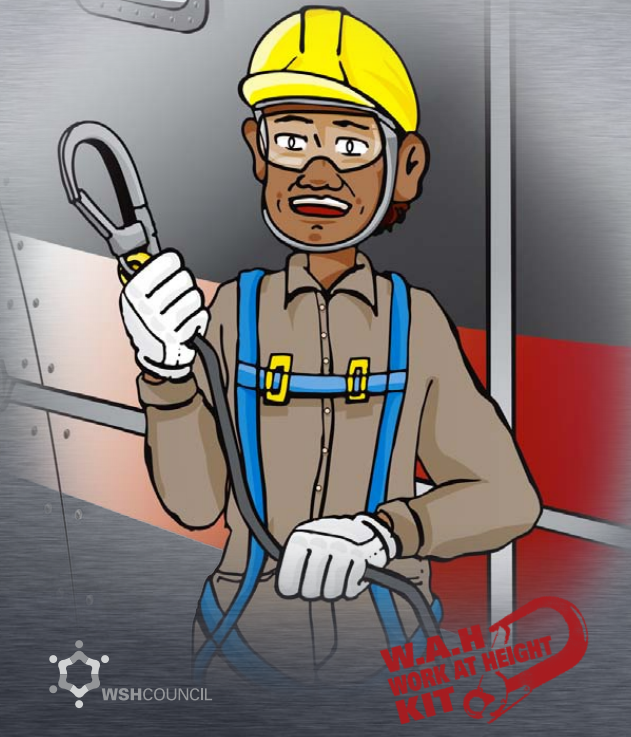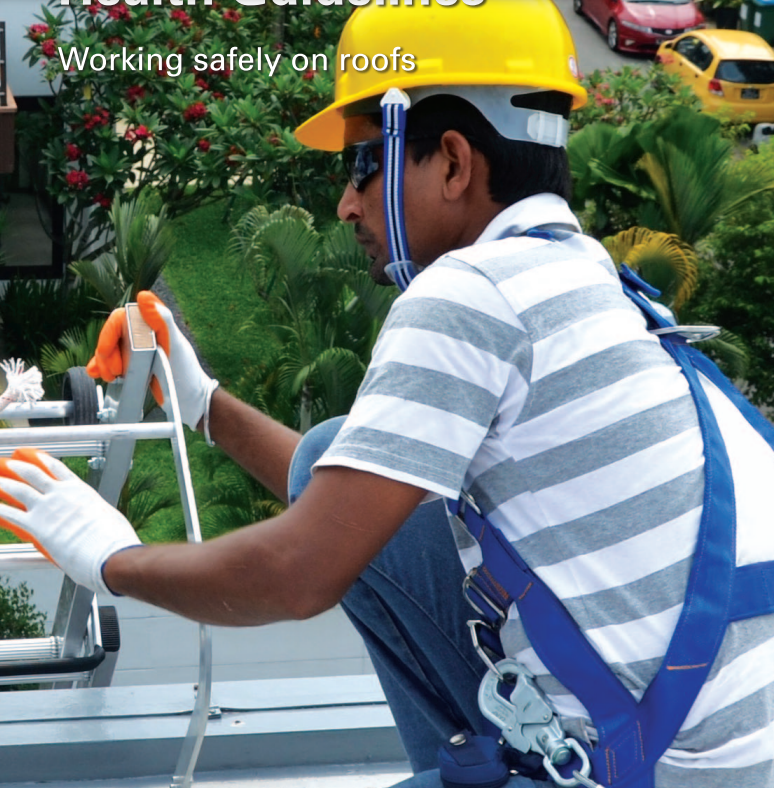
In the "Working Safely at Heights" course, you will develop the expertise to oversee the critical permit-to-work system, ensuring all safety protocols are met when dealing with potential fall hazards. You will gain a thorough understanding of the components and purpose of a Fall Prevention Plan, enhancing your ability to supervise and implement it effectively on-site. By mastering risk management strategies and emergency response preparedness, you will be equipped to ensure a safe working environment and lead with confidence in high-risk situations.


In the CEO’s Guide to Work at Height course, you will delve into the intricate theories and concepts critical to navigating work-at-height scenarios within corporate structures. By exploring the significance and implications of current challenges and solutions, you will develop the analytical skills needed to recommend effective strategic plans. This course is designed to equip you with the knowledge to address potential challenges, ensuring safety and efficiency in high-risk work environments. Prepare to transform complex information into actionable strategies that enhance both safety and corporate operations.

This course provides comprehensive guidelines on the safe operation of Mobile Elevating Work Platforms (MEWPs), including boom lifts and scissor lifts. Participants will learn about MEWP hazards, risk assessments, and best practices to ensure workplace safety. The course covers pre-use inspections, operational safety measures, and post-use protocols, emphasizing hazard prevention and emergency preparedness.

In the Worker’s Safety for the Marine Industries course, you will gain essential knowledge and skills to enhance your safety when operating at heights. By the end of this course, you will be equipped to demonstrate the proper procedure for securing a safety harness to an anchorage point with an independent lifeline, a critical competence to prevent falls and ensure your personal safety. You will learn to describe not only the process but also the importance of using these safety measures effectively in your day-to-day work within marine environments.

In Working Safely on Roofs, you will acquire essential knowledge to enhance your safety practices by understanding established safety regulations. By the end of this course, you will be equipped to develop and execute a comprehensive Fall Prevention Plan that effectively manages identified risks encountered during roofing work. You will be able to explain the key components of a Fall Prevention Plan and discuss how each component plays a vital role in managing fall risks, ensuring a safer working environment on roofs.

In the Supervisor's Guideline of Work at Height course, you will gain the critical skills to develop and implement safety inspection routines. By the course's conclusion, you'll ensure that scaffolds, ladders, and all other area-specific safety equipment meet rigorous safety standards, allowing work to commence safely. Moreover, you'll delve into your responsibilities as a supervisor, mastering the art of performing risk assessments and conducting regular safety inspections in environments where working at height is a necessity.